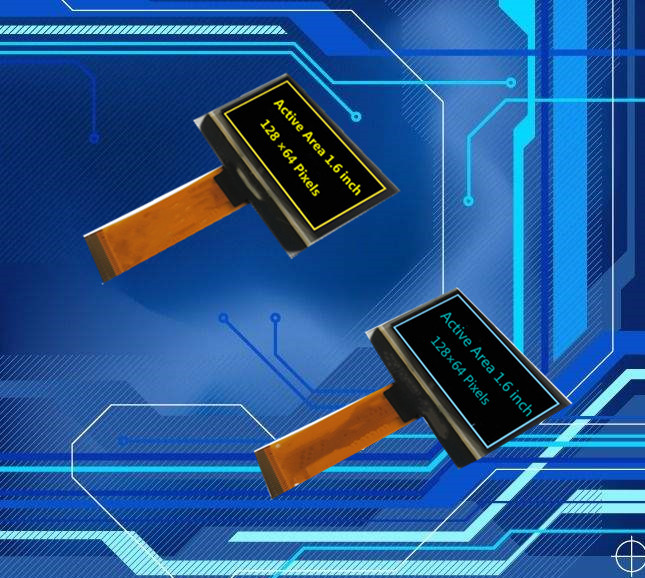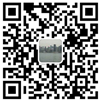» Công nghệ » The Difference Between Multi-dot Touch And Single-Dot Touch Technology
Sự khác biệt giữa cảm ứng đa điểm và công nghệ cảm ứng một chấm
Tháng 4 26, 2019

Đối với người tiêu dùng điện tử, Cách chuyển đổi các hành động điều khiển phức tạp của người dùng thành trực quan, Trải nghiệm thuận tiện và hiệu quả, Đây là thách thức cuối cùng trong thiết kế giao diện người dùng. Thiết kế giao diện người dùng nên được xem xét sở thích của người dùng, ngửi, Tầm nhìn, Thính giác và xúc giác , và vân vân. Mặt khác , we must consideration is the impact of user requirements on the device or system. today most of the products on the market are processed by separating the user’s sense of sight and touch. From the mobile phone keyboard, computer keyboard, Household appliances and even Simple buttons on the TV remote control to the volume control slider. More advanced click and scroll features such as rollers and trackpads.More advanced The output location is different from the user’s input location. If you can get the input and output to be exactly the same, this is the basic advantage of touch screen.
It’s easy to say that vision and touch (input and output) are identical, but hard to do,The transparency of the touch screen allows the user to “touch” the contents of the screen directly. People no longer have to look for electronic buttons. This is a revolutionary change. This manipulation allows users to directly control the powerful operating system and applications at their fingertips.At present, touch screens are mainly divided into three categories: single touch; Multi-dot touch to identify finger direction; Multitouch identifies finger position.
Touch screens offer two major benefits to the user interface, First, the device design space is optimized, especially for small devices that can “install” screens and buttons in the same area at the same time. Second, because buttons can be tied to any application in the operating system, So you can have an infinite number of buttons on your device. The above functions are mainly based on the resistive touch screen technology, and have been widely promoted in various applications such as consumer electronics, airport newsstands, grocery store POS terminals and vehicle-mounted GPS systems.
Although the technology of single touch screen and resistive touch screen is amazing. But there are two big weakness. One is that resistive technology relies on the physical movement of the touch screen.After normal wear and aging, the performance will decline. The second is that the technology only supports a single touch. Why is user interaction with the device limited to one finger? Apple has contributed immeasurably to the user interface revolution. Its iPhone has an inductive capacitive touch screen.Even in small devices like smart phones, Multiple fingers are also required to maximize the functionality of the application and operating system.
Other technology innovators are using the multi-touch technology on a variety of device systems, including googleg-1 and BlackberryStorm smart phones, bookpro and HP touchsmart desktops and laptops, portable media players, and a variety of other applications. Now, users have new expectations, hoping to further improve the way users interact with their electronic products, and all kinds of electronic products are competing to meet users’ needs.
Like single-touch screens, multitouch screens that recognize finger directions have a limitation: the technology can identify only a limited number of points simultaneously on the screen. Why can only two operation points be identified at a time? The user’s two hands have ten fingers, and when users interact with each other, more fingers appear on the screen. This is where the multi-touch concept of finger location comes in, allowing more than two fingers to be manipulated.
The technology, which Cypress calls “multi-touch, full-area input,” further promote the reliable availability of touch screens for a variety of feature-rich applications. Reliability refers to our ability to capture the raw data of all the contacts on the screen with the highest granularity and to minimize the confusion caused by inaccurate positioning of the contacts on the screen. Usability refers to the ability of many powerful applications to benefit from the control of screens with two hands or more than two fingers on different sizes of screens. 3D interactive games, keyboard input and map manipulation are some of the main objects that use this touch-screen feature.
Multitouch, district-wide input technology gives oems of devices ,and systems all the touch data at their fingertips to help them get creative, and develop the next generation of new, practical technologies
Cypress’s TrueTouch touch screen solution is an example of a multi-touch, full-area input application. TrueTouch USES the PSOC system architecture, which combines 8-bit microcontrollers with programmable analog and digital blocks. Achieve unparalleled flexibility and configurability. The TrueTouch solution’s inductive capacitive touch screen controller expands to support screens of all sizes, allowing flexible support for single-touch, finger-pointing multi-touch, and finger-pointing multi-touch technology. The TrueTouch is highly integrated with external components and is ideal for working with a variety of touch screen sensors or LCD displays. The flexible PSoC architecture lets designers tinker with the final part of a product’s design in a way that a lot of touch-screen products can not do it.
Ghi: thông tin từ FPDisplay gốc hoặc đối tác truyền thông
Có thể bạn thích cũng














